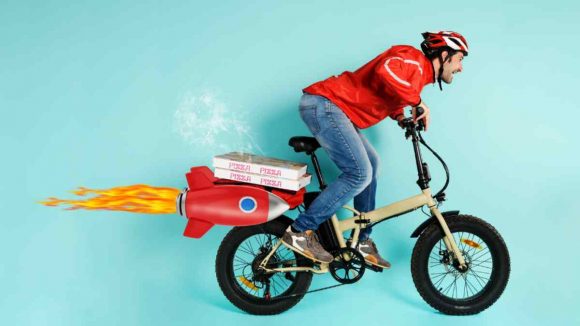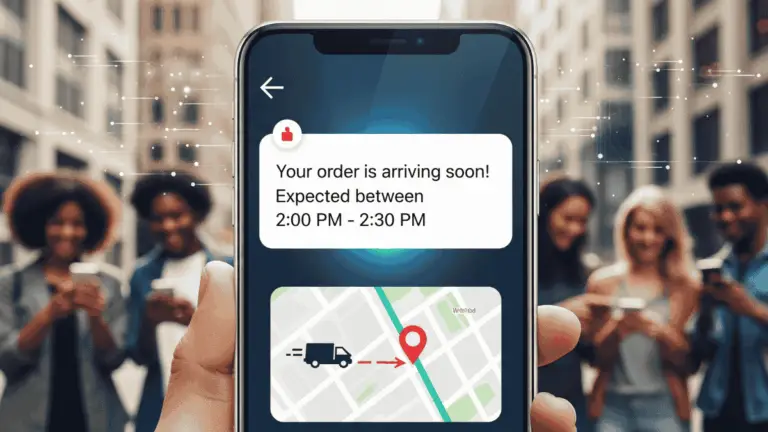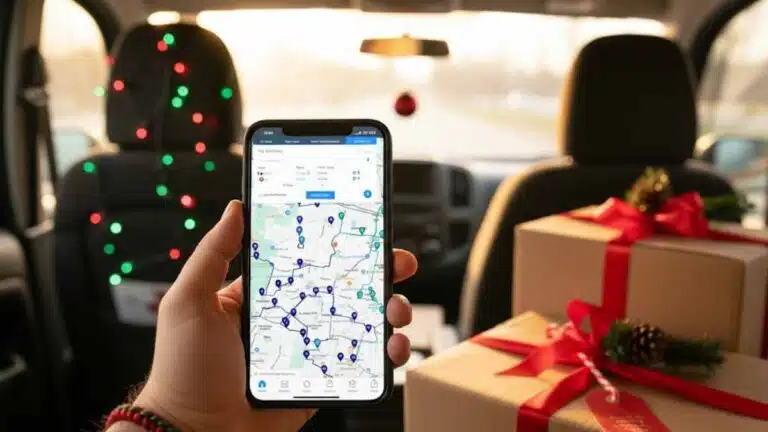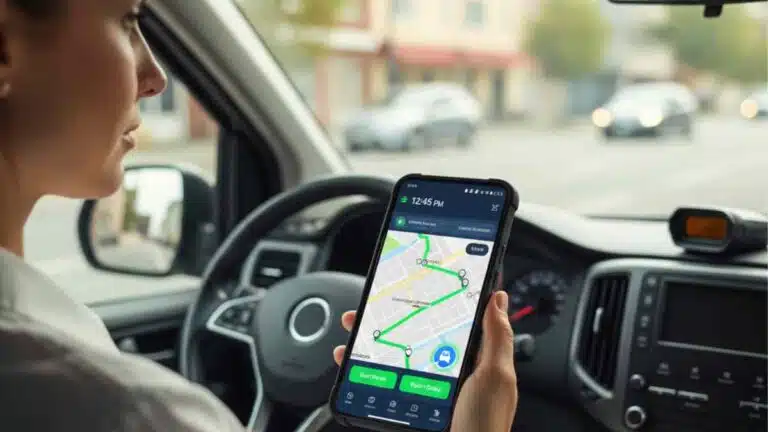Delivery van vs. e-bike delivery: there is a constant debate about modernizing for sustainability and maximizing delivery capacity for profit.
Each business has different needs and requirements.
Your customers might be in far-flung areas, and delivering orders on an e-bike might simply not make sense. Or you might be confronted with parking challenges in a busy city during peak hour deliveries, and a delivery van is not going to cut it anymore.
In this article, we’ll explore the benefits of delivery vans and e-bikes and learn how to choose the right delivery method for your company.
Comparing delivery vans and e-bikes
Delivery density helps to lower the high costs of last mile delivery. But it’s not always possible if you are delivering larger parcels that won’t fit into the back of an electric bike. Delivery vans simply offer more space for cargo and additional equipment.
The benefits of e-bikes
E-bikes provide a cost-effective and environmentally friendly alternative. If you want to invest in a fleet with a more sustainable carbon footprint, consider an e-bike.
A study found that an e-bike cut carbon emissions by 90% compared to diesel vans. It also delivers about 60% faster than vans in the city centers.
Electricity prices are considerably lower than fuel costs, which makes it more cost-effective to use.
The benefits of delivery vans
Delivery vans are definitely a safer option if you are concerned about expensive cargo, which can be an easy target for criminals.
Since vans are big, they serve as great marketing tools for your business. You can wrap them with your logo and represent your business in a significant way.
Vans are also a better option if you operate in a country with adverse weather conditions. They make it safe to continue the service despite the rain or storm.
Different types of e-bikes and delivery vans
Freight bikes are used for a number of reasons during delivery and not only for the last mile. They could also transport equipment between warehouses, handle airport cargo, and deliver mail.
Looking at delivery vans on the market, the options are endless. And they all serve a specific need of the business.
3 Types of e-bikes for delivery
Class 1 is pedal-assist only. This type of e-bike can reach a speed of about 20mph.
Class 2 e-bikes are pedal-assist, but they also have an additional throttle and the same speed as a class 1 bike, 20mph.
Class 3 has a top speed of 28mph with a pedal assist only.
Types of delivery vans
Delivery vans come in different sizes, shapes, and features, catering to businesses’ different needs.
Here are a few options on the market.
Panel vans: These types of vans are fully enclosed with no rear window.
Box vans: Box vans have an extra box-shaped cargo area that fits on top of a chassis, which allows for extra space.
Luton vans: Almost the same as a box van but it has an over-cap storage area. This is ideal for delivering bulky items.
Compact vans: These vans are a bit smaller but are ideal for urban deliveries.
Choosing the right delivery transport: Van delivery vs electric bike
When choosing a delivery van or an e-bike for your business, there are a few things to consider to make the right purchase.
Here are a few things to look at:
Cargo space and payload: There must be enough space for all your cargo and payload capacity without overloading. There are legal weight limitations, and failing to adhere to them can result in a fine.
Loading and unloading space: When your van is parked in a tight spot, make sure there is enough space to load and off-load your cargo. Features like sliding doors can make a huge difference.
Fuel efficiency: Fuel efficiency directly impacts your operating costs. Smaller, fuel-efficient vans can reduce costs.
Battery capacity: Make sure an e-bike can be operational for 10 hours on one charge.
Driver comfort: It is important to ensure the safety of drivers who might be on the road for long distances. Look at the seat, air conditioning, and engine power.
Maneuverability: Make sure a van or e-bike can easily maneuver around urban areas to ensure quick deliveries.
NOW READ: Why is last mile delivery so expensive?
About the author
Mia is a multi-award-winning journalist. She has more than 14 years of experience in mainstream media. She's covered many historic moments that happened in Africa and internationally. She has a strong focus on human interest stories, to bring her readers and viewers closer to the topics at hand.










